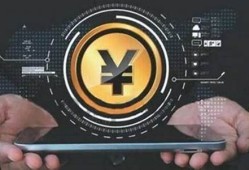
What language is used to write digital currency?
Digital currency is a type of virtual currency that uses cryptography to secure and verify transactions and to control the creation of new units. With the increasing popularity of digital currencies, many people may wonder what language is used to write them. In this article, we will explore the answer to this question.
Firstly, it is important to note that digital currencies are not written in any specific programming language like Java or Python. Instead, they are built using blockchain technology, which is a decentralized, distributed ledger that records all transactions on multiple computers around the world. This means that digital currencies are not controlled by any single entity, such as a government or financial institution, but rather by the network of users who participate in the system.
Secondly, while there is no specific programming language used to write digital currencies, there are certain tools and platforms that developers use to build and manage blockchain-based applications. These include languages such as Solidity for writing smart contracts, JavaScript for building user interfaces, and Python for data analysis and machine learning.
Furthermore, digital currencies often incorporate artificial intelligence (AI) and machine learning (ML) technologies to enhance their security and functionality. For example, some digital currencies use AI algorithms to detect and prevent fraudulent activities on the network, while others use ML algorithms to optimize transaction speed and reduce costs.
In conclusion, while there is no specific programming language used to write digital currencies, there are various tools and platforms that developers use to build and manage blockchain-based applications. Digital currencies are built using blockchain technology, which is a decentralized, distributed ledger that records all transactions on multiple computers around the world. Additionally, digital currencies often incorporate AI and ML technologies to enhance their security and functionality.









